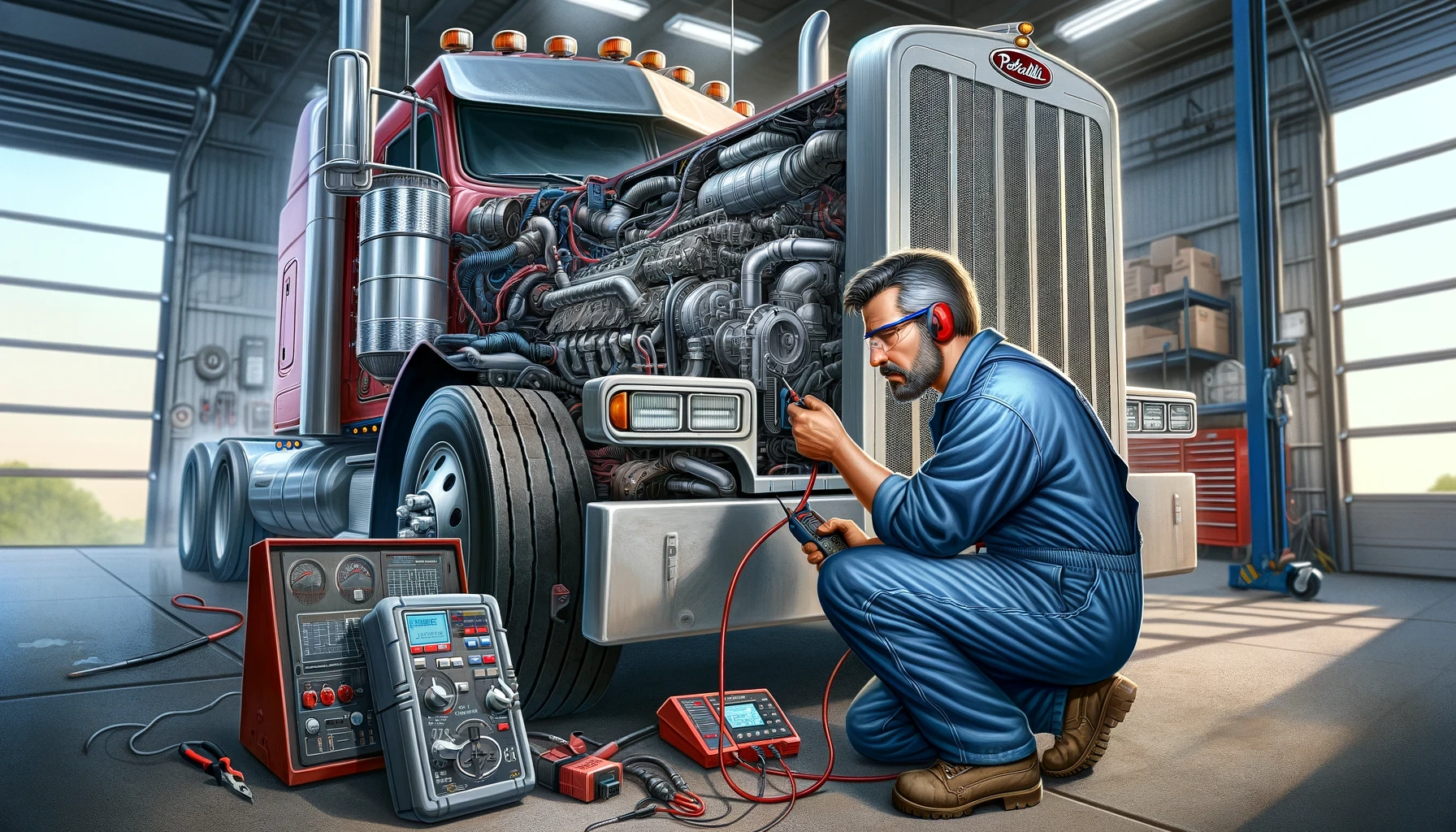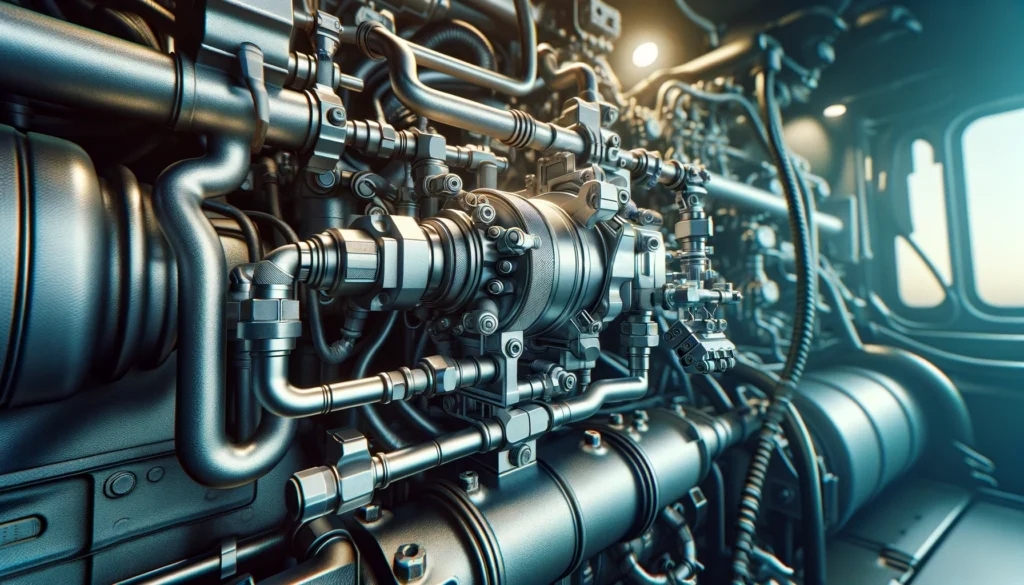Learn to Fix SCR system Faults – Preventive Measures and Maintenance Tips

In heavy-duty trucks, the Selective Catalytic Reduction (SCR) system is pivotal in reducing harmful emissions, making it a crucial component in Peterbilt trucks. However, encountering an SCR system fault is not uncommon. I want to provide a complete Guide to truck owners and operators so they can identify and resolve SCR system faults, ensuring their Peterbilt trucks continue to operate efficiently and environmentally friendly.
Immediate Solution to SCR System Fault
When faced with an SCR system fault in your Peterbilt truck, the first step is to understand that while the issue may seem daunting, the solution can be straightforward. Immediate actions can include checking for any obvious signs of damage or leaks in the SCR components, ensuring the DEF (Diesel Exhaust Fluid) tank is filled with high-quality fluid, and resetting the system to see if the fault clears. These initial steps can often resolve minor issues without the need for extensive repairs.
Understanding SCR System Faults
An SCR system fault indicates a malfunction within the system responsible for reducing nitrogen oxide emissions. This fault can significantly impact the truck’s performance, potentially leading to increased fuel consumption and reduced engine power. Recognizing the signs of an SCR system fault is key. These signs include increased DEF consumption, warning lights on the dashboard, and unusual engine behaviour.

Common Causes of SCR System Faults
SCR system faults in Peterbilt trucks can stem from various causes. Common issues include contaminated DEF, clogged DEF injectors, malfunctioning NOx sensors, or issues with the SCR catalyst. Environmental factors like extreme temperatures can also contribute to these faults. Understanding these common causes can help in quickly pinpointing the issue.
Step-by-Step Troubleshooting
To effectively troubleshoot an SCR system fault, follow these steps:
Check DEF Quality
Ensure the DEF is not contaminated and is at the appropriate level.
Inspect Components
Look for signs of wear or damage in the SCR components, including the injectors, sensors, and catalysts.
Diagnostic Scan
Use a diagnostic tool to read fault codes, which can provide specific insights into the issue.
Sensor Testing
Test the NOx sensors for proper functionality.
Catalyst Inspection
Examine the SCR catalyst for blockages or damage.
The right tools, such as a diagnostic scanner and basic hand tools, are essential for these steps.

Preventive Measures and Maintenance Tips
Preventing SCR system faults involves regular maintenance and good practices, such as using high-quality DEF, adhering to service schedules, and regularly inspecting the SCR components. Keeping the system clean and free from contaminants is also crucial.
Professional Assistance and When to Seek It
While many SCR system faults can be addressed with basic troubleshooting, some require professional intervention. If the fault persists after initial checks or the diagnostic codes indicate a complex problem, it’s advisable to seek assistance from a qualified mechanic. Choosing a service provider with experience in Peterbilt trucks and SCR systems is essential for effective repairs.
FAQs
Q: How often should I check the DEF level in my Peterbilt truck?
A: It’s recommended to check the DEF level regularly, ideally during routine maintenance checks or at least once a month.
Q: Can I drive my truck with an SCR system fault?
A: While it might be possible, driving with an SCR fault can lead to reduced performance and increased emissions. It’s advisable to address the fault promptly.
Q: How do I reset the SCR system after a fault?
A: Resetting can often be done through the truck’s onboard diagnostics system. However, consult your vehicle’s manual or a professional for specific instructions.
Q: What is the lifespan of an SCR catalyst in a Peterbilt truck?
A: The lifespan can vary based on usage and maintenance, but typically, an SCR catalyst can last up to 500,000 miles with proper care.
Q: Can poor-quality DEF cause SCR system faults?
A: Yes, using low-quality or contaminated DEF can lead to deposits and clogs in the system, resulting in faults.






